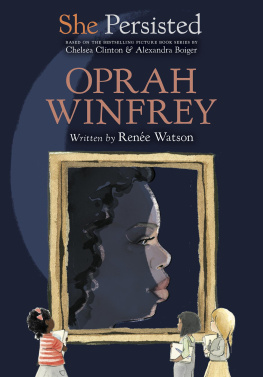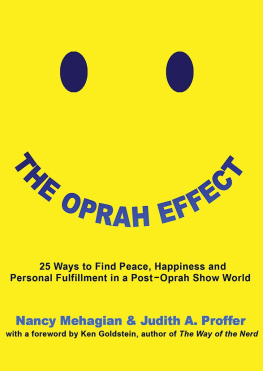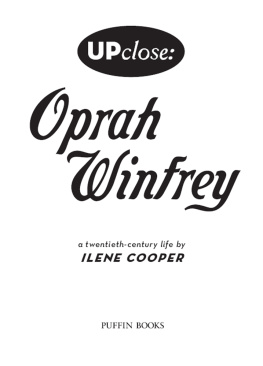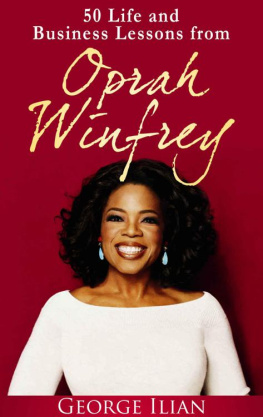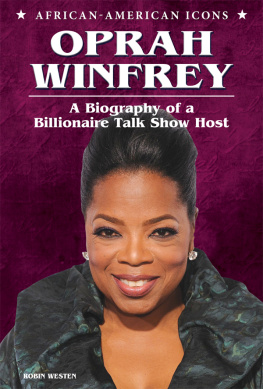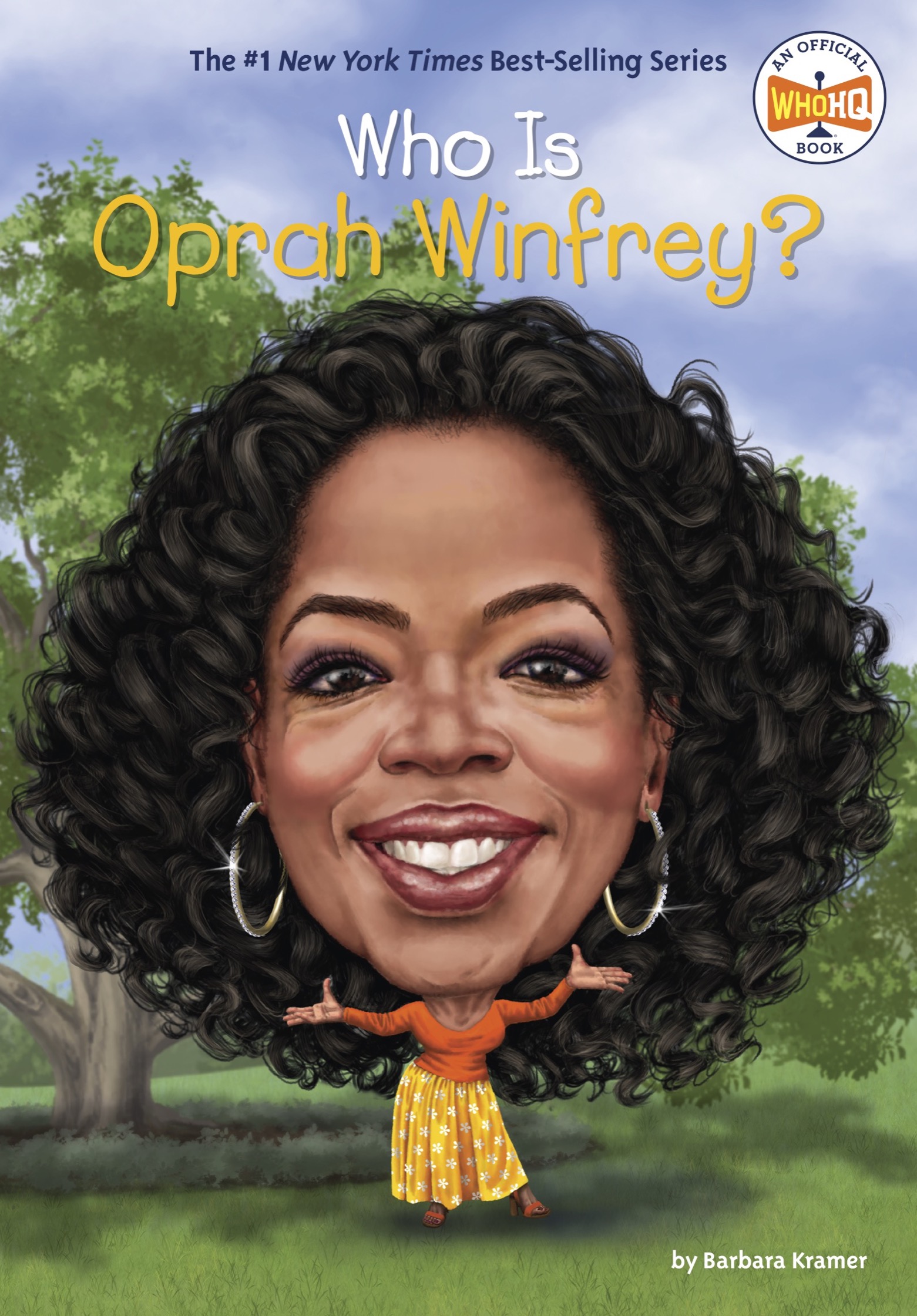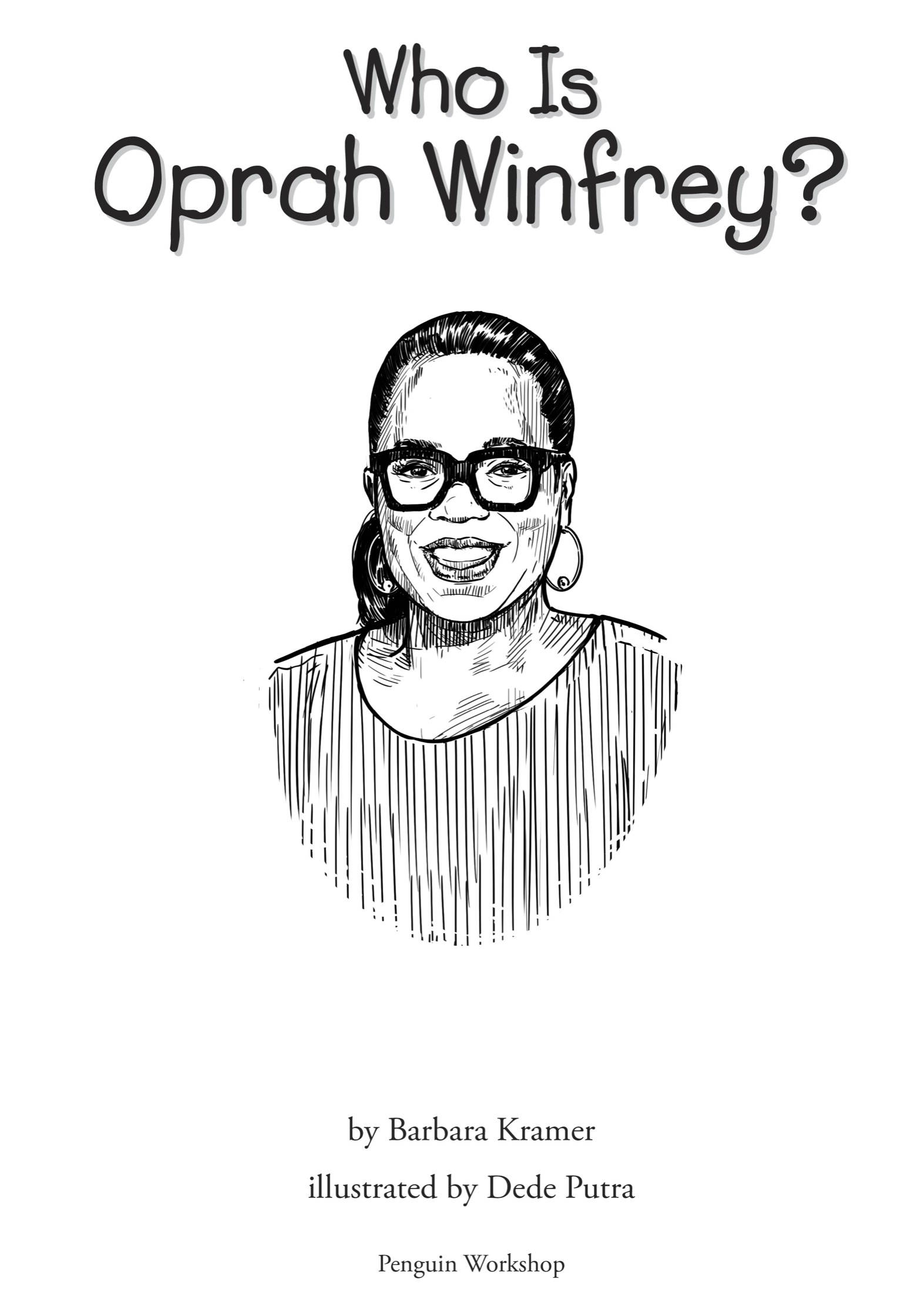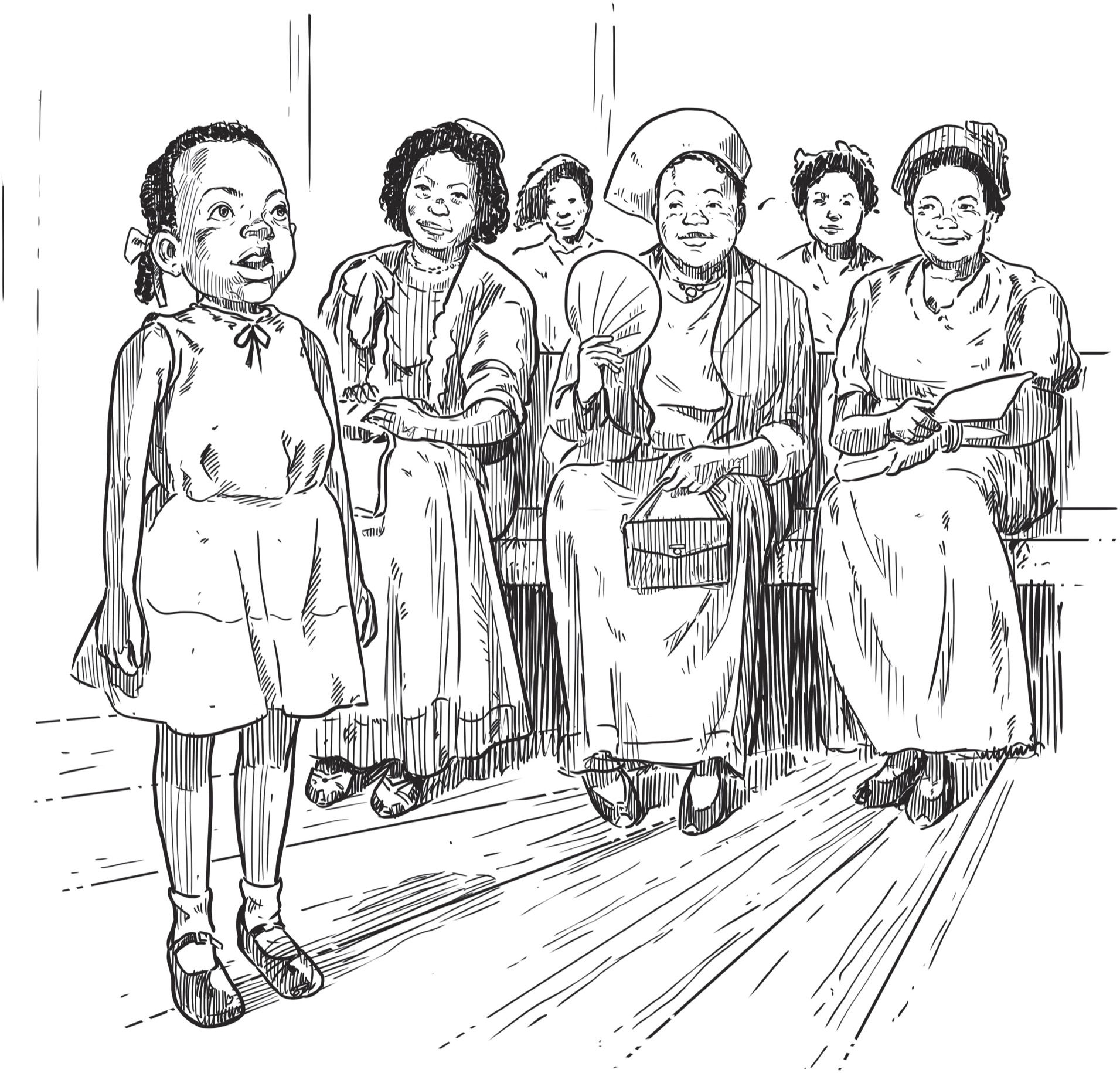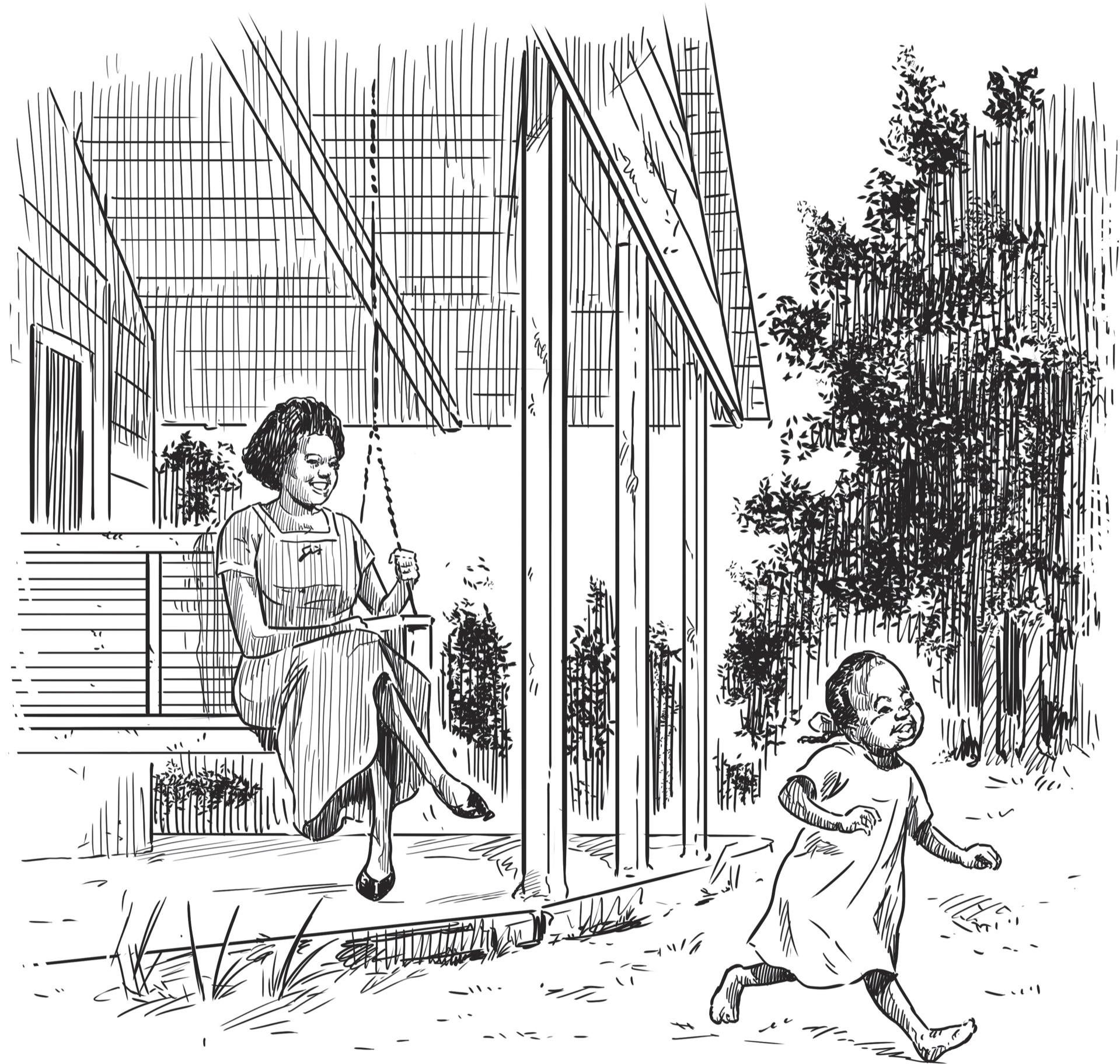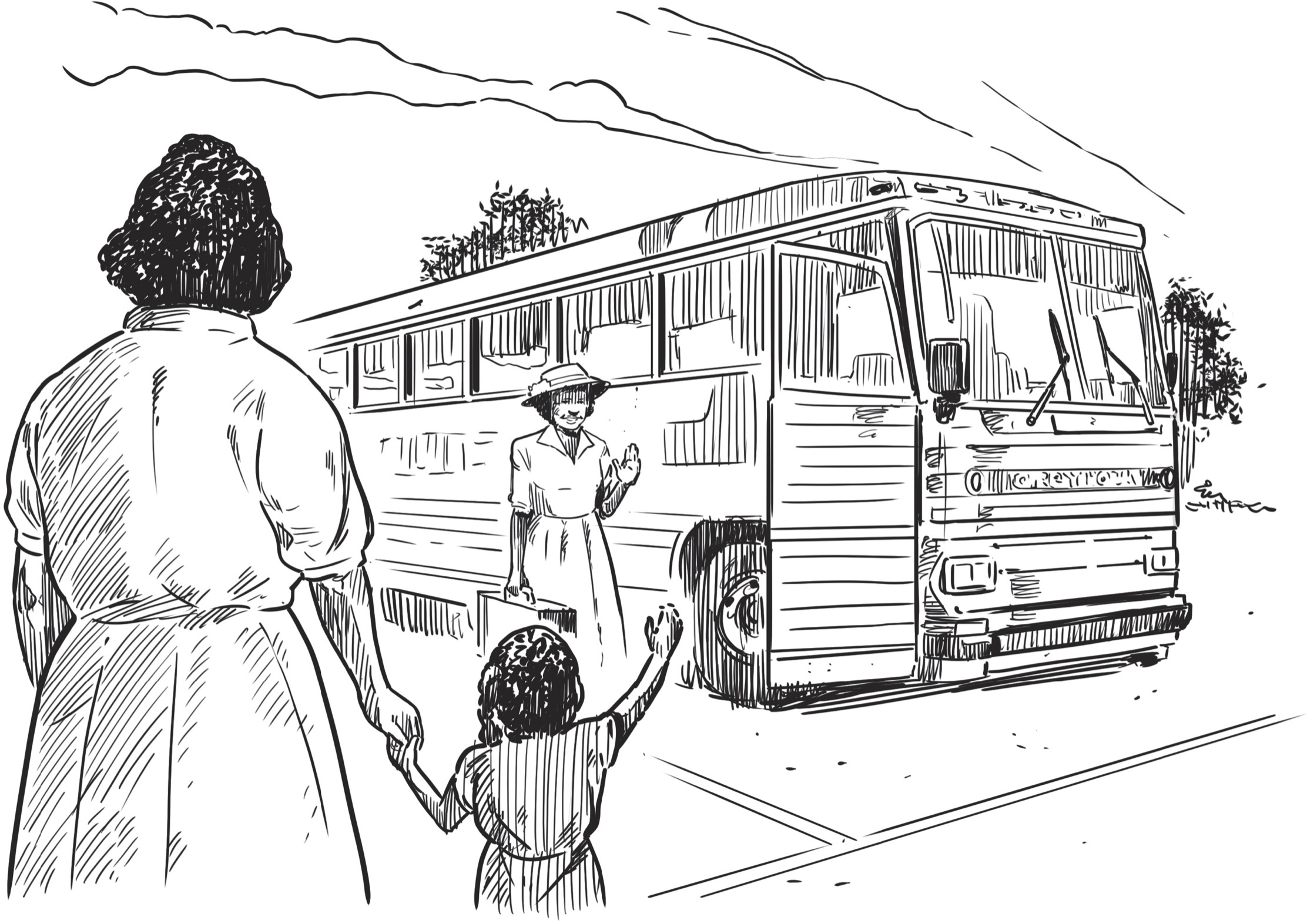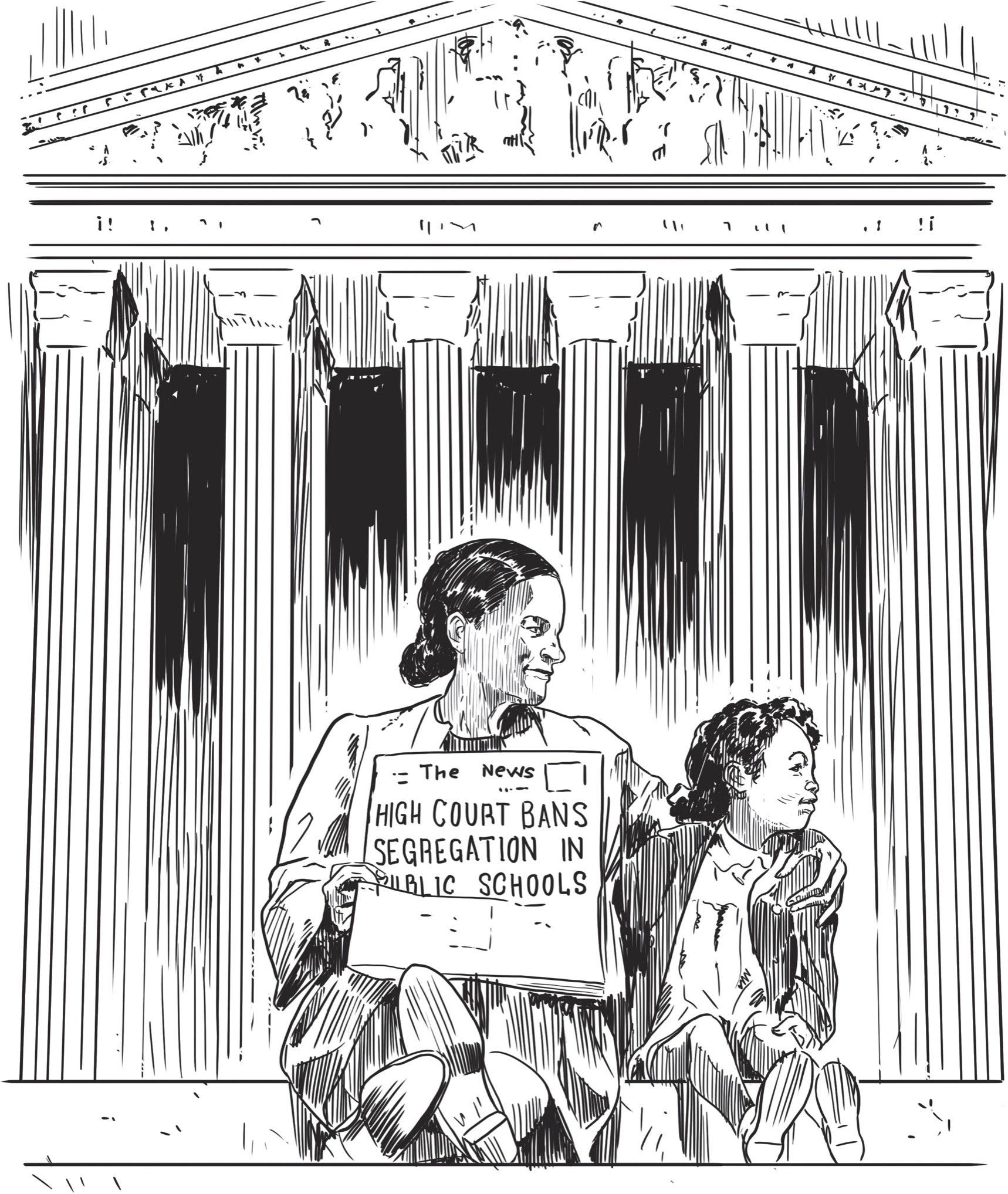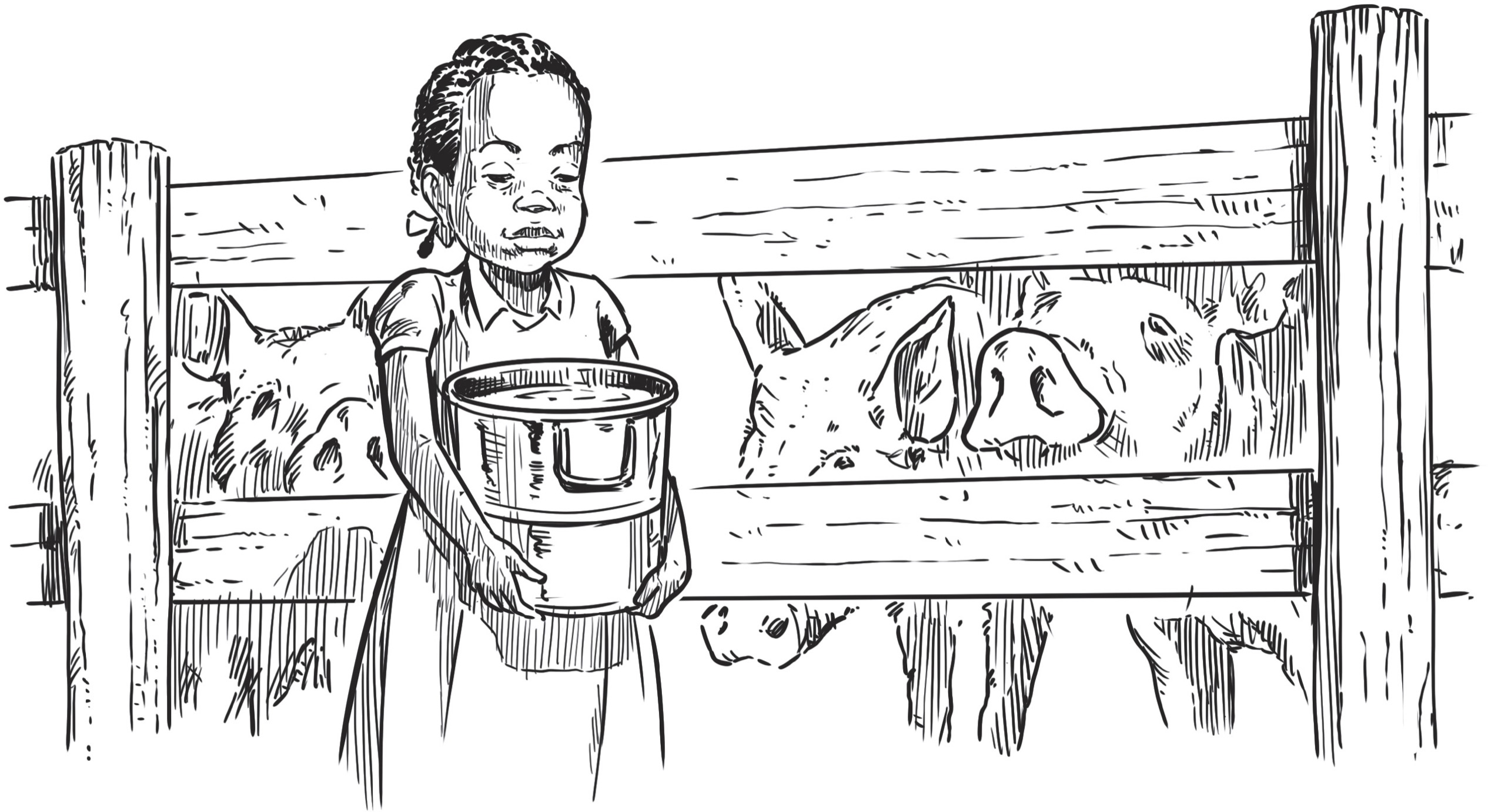If you purchased this book without a cover, you should be aware that this book is stolen property. It was reported as unsold and destroyed to the publisher, and neither the author nor the publisher has received any payment for this stripped book.
Penguin supports copyright. Copyright fuels creativity, encourages diverse voices, promotes free speech, and creates a vibrant culture. Thank you for buying an authorized edition of this book and for complying with copyright laws by not reproducing, scanning, or distributing any part of it in any form without permission. You are supporting writers and allowing Penguin to continue to publish books for every reader.
The publisher does not have any control over and does not assume any responsibility for author or third-party websites or their content.
Copyright 2019 by Penguin Random House LLC. All rights reserved. Published by Penguin Workshop, an imprint of Penguin Random House LLC, New York. PENGUIN and PENGUIN WORKSHOP are trademarks of Penguin Books Ltd. WHO HQ & Design is a registered trademark of Penguin Random House LLC.
Visit us online at www.penguinrandomhouse.com.
Library of Congress Cataloging-in-Publication Data is available upon request.
Who Is Oprah Winfrey?
As a young girl in the 1950s, Oprah Winfrey loved to tell stories. She lived outside the town of Kosciusko (say: kah-zee-ESS-ko) in central Mississippi on her grandparents farm. No other children lived nearby, so the farm animals became Oprahs friends. She named the pigs and chickens and told them stories.
Some of her tales were made up. Others came from the Bible. Oprahs grandmother Hattie Mae Lee used the Bible to teach Oprah to read at an early age. Oprah was smart and memorized Bible verses easily. She soon began reciting them at her church.
The first time Oprah stood at the front of the church to recite Bible verses was on Easter Sunday in 1957. She was only three years old. She wore a dress her grandmother had made and the shiny shoes she saved for Sundays. The rest of the week she went barefoot. Jesus rose on Easter Day, hallelujah, hallelujah, Oprah announced. She did not sound nervous at all.
That child sure can talk, church members said. Some called her gifted. Oprah didnt understand that word, but she thought it meant she was special. She loved the attention and continued to recite Bible verses at her church on Sundays. As she got older, she spoke at other churches. She recited longer passages from the Bible. Sometimes she recited poems or sermons written by famous ministers.
Oprahs talent for speaking led to a very successful television career. For twenty-five years, The Oprah Winfrey Show was one of the most-watched talk shows in the United States. Today, Oprah is one of the richest, most powerful women in the world. She says it all began when she was three years old, reciting Bible verses at the front of her church.
Orpah Gail Winfrey was born in Kosciusko, Mississippi, on January 29, 1954. She was named Orpah after a woman in the Bible. But most people had trouble pronouncing her name. They kept switching the r and the p. They always seemed to call her Oprah, and the name stuck.
Oprahs mother, Vernita Lee, was eighteen years old when Oprah was born. Her father, Vernon Winfrey, was in the US Army. He didnt know he was going to be a father when he returned to the army base in Alabama. He found out months later when Vernita sent him a newspaper article announcing Oprahs birth.
Oprah and her mother
There were not many job opportunities for Vernita in Kosciusko. Many African Americans at the time were leaving the southern United States and moving north. They were looking for better jobs and a better life there. They also wanted to escape the segregation of the South. Vernita decided to do the same. She moved to Milwaukee, Wisconsin, leaving four-year-old Oprah with her grandmother. Vernita planned to send for Oprah after she got settled.
Even though Oprahs grandparents were poor, she always had clean clothes to wear and never went hungry. Her grandmother made Oprahs clothes. Most of their food came from what they raised on the farm.
Segregation
Until the mid-1960s, in the southern United States, there were laws that kept black people and white people apart. That system was known as segregation. Black children and white children could not attend the same schools. Black people could not eat at restaurants for white people, and they had to sit at the back of buses. They could not use the same restrooms or drinking fountains.
In 1954, the US Supreme Court made an important ruling in a case called Brown v. Board of Education. It said schools could no longer be segregated. But it took a while before black children and white children would actually attend the same schools. It wasnt until the Civil Rights Act of 1964 that all state and local segregation laws finally ended.
A happy mother and daughter on the steps of the Supreme Court building following the Brown v. Board of Education decision, 1954
There was always work to do, and Oprah was expected to help. One of her jobs was to feed the chickens. The house had no indoor plumbingno bathroom or running waterso Oprah had to bring water from a nearby well for drinking and doing dishes. On Saturdays, she hauled water to be heated on the stove and poured into a tin tub for bathing.
Oprah was afraid of her grandfather Earless Lee. I remember him always throwing things at me or trying to shoo me away with his cane, Oprah recalled. She stayed away from him as much as possible.
Like many people of that time, Hattie Mae believed in physical punishment. She thought it helped children learn to be good. She whipped Oprah often. It would be called child abuse now, Oprah once said. But Oprah also had good memories of her grandmother. She liked working with Hattie Mae in the garden. Then they sat on the porch snapping green beans and shelling the peas they picked. It was Hattie Mae who taught Oprah to kneel and say her prayers every night.






